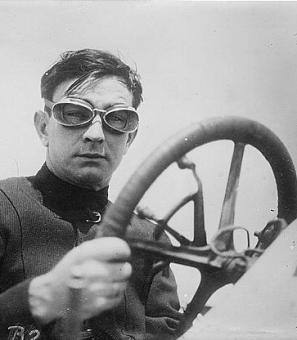The Manhattan Project Comes to Washington, D.C.
When people think of the Manhattan Project, the top-secret American mission to build the first atomic bomb, they often think of Los Alamos, New Mexico, where the world’s first atomic device was actually assembled and detonated. But in reality, the project was assigned to 26 locations across the country, from research labs in Chicago and New York to uranium mines in Colorado to production and design facilities in Tennessee and New Mexico.[1]
And it was all run from a small two-room office in Washington, D.C.
Even before the United States officially entered World War II, there was already a robust research project underway in the United States and Great Britain to examine methods of creating an atomic device. A report submitted on July 15, 1941 by British scientists and later shared with their American counterparts essentially proved that it was possible to build such a device using uranium as its power source.[2]
When the report was shared with President Franklin Roosevelt, he directed the Army to explore construction and development needs for the program. The project ultimately fell under the direction of the Army Corps of Engineers. By the time Roosevelt gave the official go-ahead to build an atomic bomb on January 19, 1942, there were so many different research centers related to the bomb’s development, it was difficult to keep everything coordinated. The Corps needed to centralize the program under one director, and it needed to maintain the utmost secrecy.
On June 18, 1942, the Corps created the Manhattan Engineer District (MED) with the task of mobilizing resources to defeat Japan, Germany, and Italy. The MED’s real mission was to be the focal point for the project to build an atomic bomb. Although based first in downtown Manhattan, the district had no geographical boundaries. On Sept. 17, Col. Leslie Groves was chosen to lead the MED, which soon became known as the Manhattan Project. He was promoted to Brigadier General six days later.[3]
Among Groves’ early and swift actions in his role as head of the MED was to move the permanent project headquarters from New York to Washington, D.C. He chose the fifth floor of what was then known as the New War Department Building. Located at 2201 C Street, NW, it was the latest of a number of office locations that had been co-opted by the growing War Department.
This building was frequently confused with another War Department complex across the river in Arlington that was also commonly referred to as the New War Department Building. That building, which would later become known as the Pentagon, was another World War II era construction project under Groves' direction.[4]
While traveling to oversee various project details at sites around the country, Groves would continue to control the details of the Manhattan Project out of his small two-room office at the War Department building throughout the war.
After World War II, the building was turned over to the State Department, and became home to the office of the Secretary of State. It was unofficially known simply as the State Department Building or the Main Street Building, until September 2000, when it was renamed after President Harry S. Truman.
Footnotes
- ^ Voices of the Manhattan Project, Atomic Heritage Foundation, http://manhattanprojectvoices.org/locations
- ^ AtomicArchive.com, “Report by MAUD Committee on the Use of Uranium for a Bomb,” http://www.atomicarchive.com/Docs/Begin/MAUD.shtml
- ^ U.S. Department of Energy, Office of History and Heritage Resources, “The Manhattan Project, an interactive history,” https://www.osti.gov/opennet/manhattan-project-history/Events/1942/grov…
- ^ Steve Vogel, “The Pentagon: A History,” Random House, 2007, p. 217


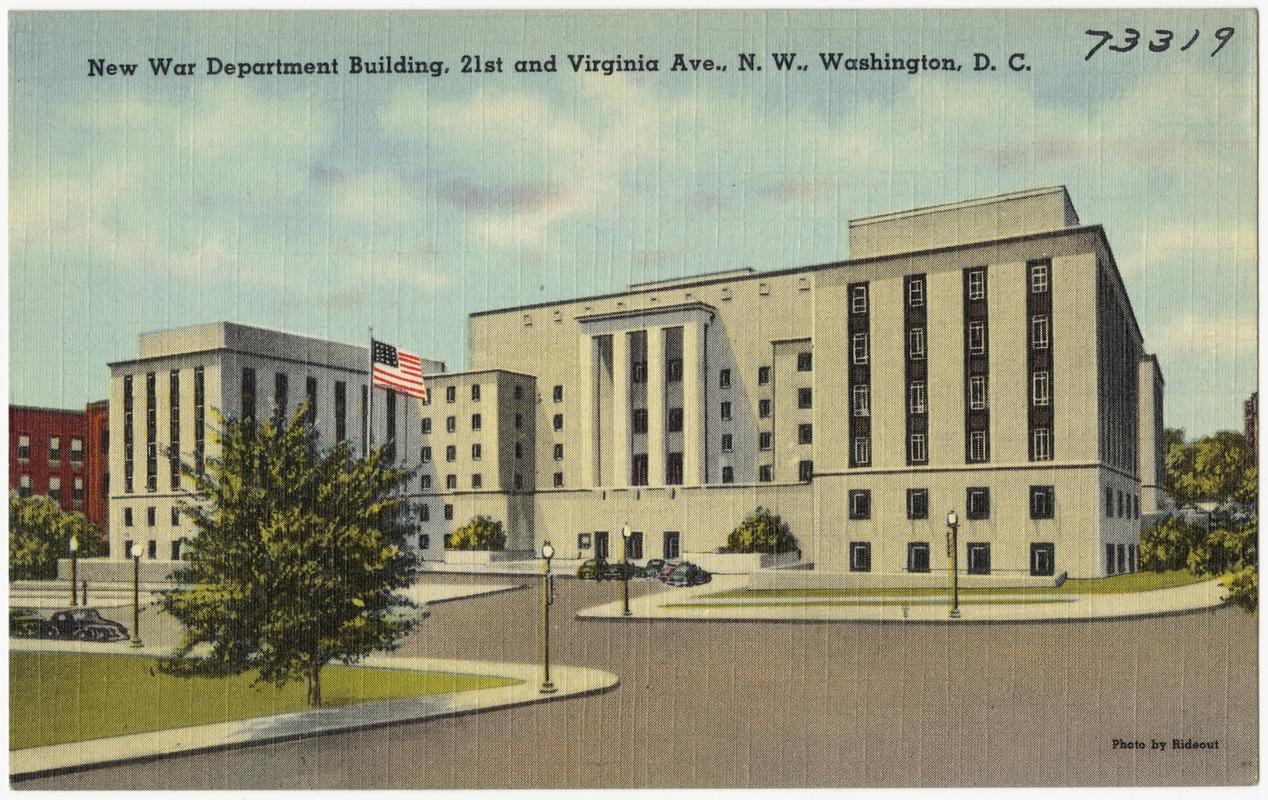
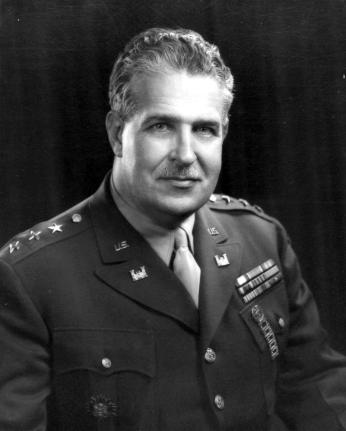
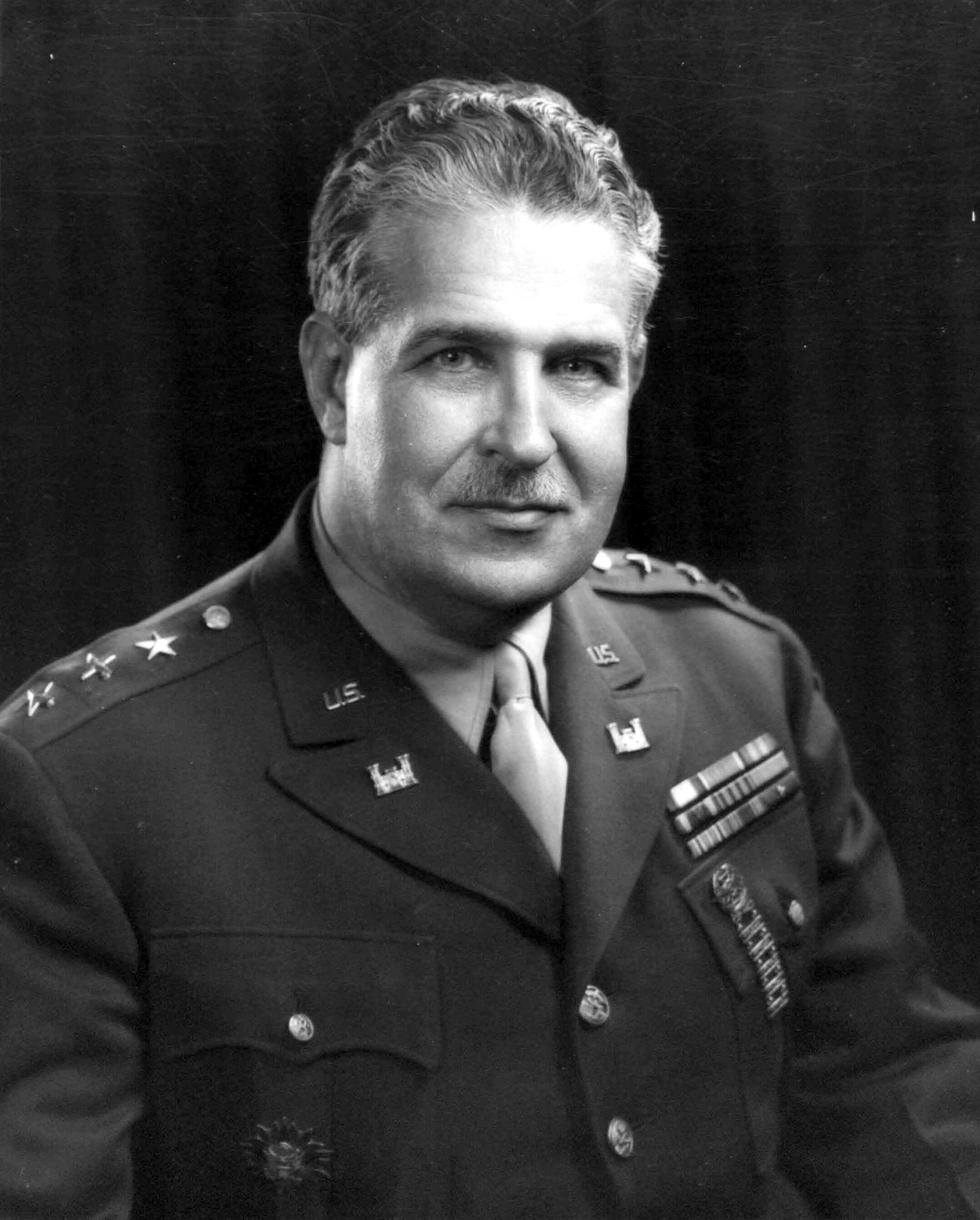
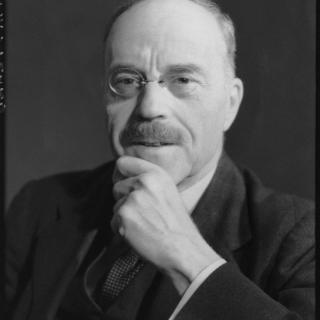
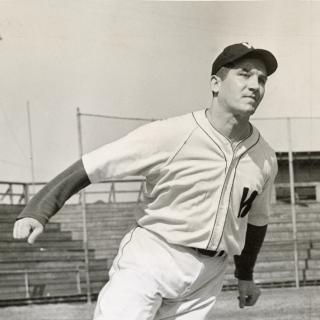
![Small Arms Practice Six OSS recruits watch an instructor shoot a small arm during training at Chopawamsic's Area C. [Source: National Park Service]](/sites/default/files/styles/crop_320x320/public/2A8CB9F8-1DD8-B71C-070E22100840145DOriginal.jpg?itok=xboGo_08)
![Sketch of the mythical fuan by Pearson Scott Foresman. [Source: Wikipedia]](/sites/default/files/styles/crop_320x320/public/2023-10/Goatman_Wikipedia_Faun_2_%28PSF%29.png?h=64a074ff&itok=C9Qh-PE1)











